Is there Really “One Dry Fly Floatant to Rule Them All”?
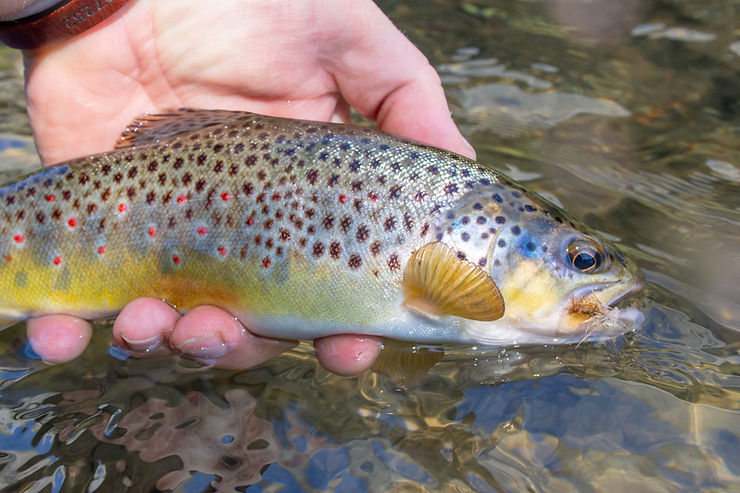
In real world fly fishing, variables such as weather, speed of current, and tippet diameter all impact how well and for how long a fly floats. For example, drag will pull your fly under no matter how much floatant you cake on it. Likewise, if you haven’t perfected the art of line mending, then which floatant you use is a moot point. With that in mind, here’s a list of observations, in no particular order.
Disclaimer: the following observations are in no way meant to endorse or criticize any particular brand. They’re simply my experiences using each product. Shop for the brands mentioned in this blog post by clicking here.
#1: Line management makes a difference
Simply put, if you want your fly to stay on the surface longer, sharpen your casting skills, your mending skills, and how you approach the stream. The more you can eliminate drag, the longer the fly will stay high and dry regardless of floatant brand or type. Period.
Accuracy also makes a difference, and a clean fly line can help improve that part of your casting. Consider treating your fly line with a product such as High N Dry Fly Line Dressing to help restore your line, make it easier to cast and with better accuracy, which will ultimately help you present the fly much better.
#2: To some degree, all floatants work
The caveat, of course, is that some work better than others in certain situations and for certain types of flies. But if the product is used as recommended on its label, it will work – maybe not exactly as described or as hoped, but it will work. And if you burn through multiple brands and have success with none of them, perhaps consider working on #1.
#3: Desiccant and floatant are similar but not the same
A desiccant is basically a drying agent. It sucks the moisture from the fly. In pellet form, desiccant is often packaged and dropped into the boxes of many products to absorb moisture and increase shelf life. In powder form, it’s great for drying flies after a catch or once the fly is already wet. Desiccants are often found in powder shake floatants where you drop the fly into a tube and shake it for a few seconds. When you pull it out, the fly will be coated with tiny crystals that have absorbed the moisture and will also prevent moisture from clinging to the fibers.
#4: What the hell is floatant anyway?
Floatant is a combination of wax and a carrier agent. After the carrier evaporates, a thin layer of wax coats the fly making it water resistant. Think of it like dyeing Easter Eggs where you dissolve those color tabs in vinegar and water. After you pull the egg out, the vinegar and water evaporate but the color remains.
I’ve watched videos of people making their own floatant, and it looks like a fairly easy process, but over the years I’ve come to the conclusion that I’m not the type of guy who should be messing with anything too flammable. And besides, floatant isn’t really that expensive.
#5: Gel floatants
The gel floatants used this season were Aquel made by Loon Outdoors and Hy-Flote by Orvis. In the past, I have also used Gink. All three brands seem to work about the same and do what they’re supposed to do. In fact, I’d recommend any of these gel floatants as my all-around first choice for any parachute or Catskill-style patterns.
Positives: Quick and easy to use. Possibly the most user-friendly. Can be applied to flies prior to use as well as after they are already wet or have caught fish. You can even use gel floatant to pre-treat flies the night before fishing and it will still be effective. A great product for flies with wound hackle.
Negatives: Does not work well with flies that utilize CDC. Given that many of the most effective patterns I use incorporate CDC in some fashion, my opportunities for using this gel floatant were more limited. Also, although gel floatant works for comparadun and similar types of patterns, I think a brush-on flaotant is a better choice for those.
#6: Powder shake floatants
I used primarily Fly Shack’s Fly Dust. Although these floatants work well on all styles of flies, including CDC, the containers they typically come in (a plastic tube that you place the fly in and then snap the lid shut) are major drawbacks. In fact, three negatives stand out.
First, it’s messy. When you pull the fly out of the container, it’s well-coated, but if there’s any kind of breeze, some of it can blow up into your face.
Second, each drying process uses a lot of product to accomplish the task. I didn’t get much mileage at all from each container of powder shake-style floatant. This floatant does well on large flies, but it can get expensive if this is all you ever use. When you pull a big fly with a bushy hackle from the container, a lot of extra powder comes out with it. For small flies, emergers, and sparse ties where you’d have less waste, this would be a decent option.
Third, after catching a fish, or after getting soaked, the fly never quite dried out like “brand new.” I’d get only a handful of drifts before the fly started to sink again and I’d have to run it through the powder shake again.
The most effective way to use this type of floatant is to use a desiccant first, and then drop the fly into the powder shake, but that’s an extra step and more time spent preparing to fish than actually fishing. Or, if you prefer, use a gel floatant such as Aquel after using the powder shake. Whichever you choose, this product is most effective when used in conjunction with another product. That’s been my experience, at least.
#7: Brush-on floatants
The two brands I used a lot of this spring were Loon Dust by Loon Outdoors and Frog’s Fanny. Although there is some waste when applying this floatant to a fly, it’s not nearly as much as with the powder shake floatants. One drawback is that it can take a little more time to brush-on this stuff, but the more you really rub the floatant into the fly, the better it works. And it works really well.
Another positive of this floatant is that it truly brings a fly back to life after it’s wet, especially CDC. A few brushes and the fly is good as new. If you’re reapplying it after a catch, though, be sure to rinse any fish slime from the fly before treatment for best results.
Overall, this turned out to be my favorite type of floatant, and I found myself reaching for it more often than all the other types and brands combined. I’d never used brush-on floatants before, so discovering them this season was definitely a highlight, and I’ll absolutely carry one with me everywhere I fish now.
The only negative to a brush-on floatant is that it takes a while to treat a large fly. As mentioned, to get maximum potential from this product, take care to really rub it into the fly. That can be a tedious task with large patterns, but the results will be worth it.
#8: Sprays and dips
I did not use spray or “dip and dunk” floatants this year, but I have used them in the past. Both work very similarly to the gel floatants with the benefit of a thinner but more evenly coated fly. They’re also a little cleaner than the gel floatants because you can apply treatment without touching the product whereas the gel works best when rubbed into the fly with your fingers. I’ve used sprays and dunk and dip floatants on any fly that doesn’t include CDC.
Final thoughts
As with anything, there’s a lot of personal bias that goes into choosing a floatant. Everyone has certain preferences that work for the situations that they typically encounter on a trout stream. There’s a certain amount of brand loyalty that can go into floatant choice, too.
Every floatant used did pretty much what it was supposed to do, which is to say that, if I did my job and got a relatively drag-free drift, the fly stayed afloat. Interestingly, I didn’t notice a huge difference in quality from one brand to another. The main difference was in the types of floatants and how they were used, not the specific brands.
Did You Find This Post About Dry Floatants To Be Helpful?
Stay up to date with the Dark Skies Fly Fishing monthly newsletter for free and receive the latest in fly fishing news, tricks, tips, and techniques, stream reports, as well as updates on new flies added to the Online Store and exclusive discounts!
Sign Up Now
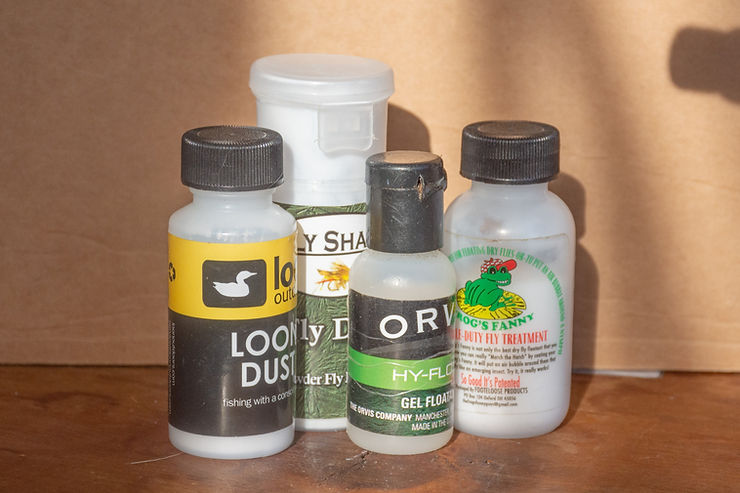
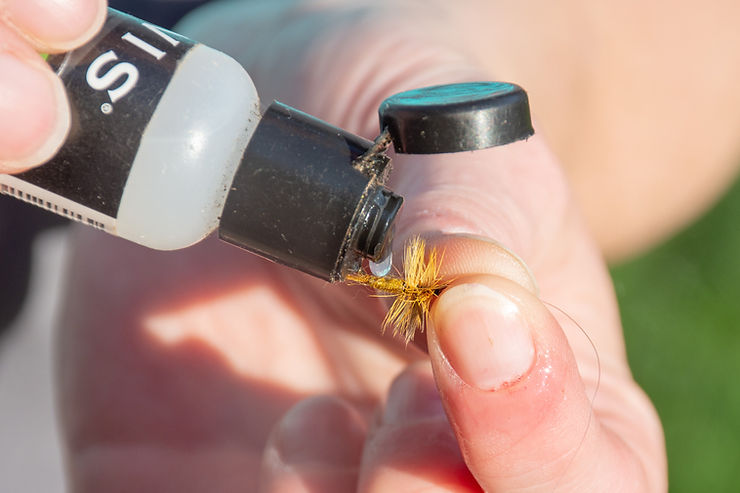
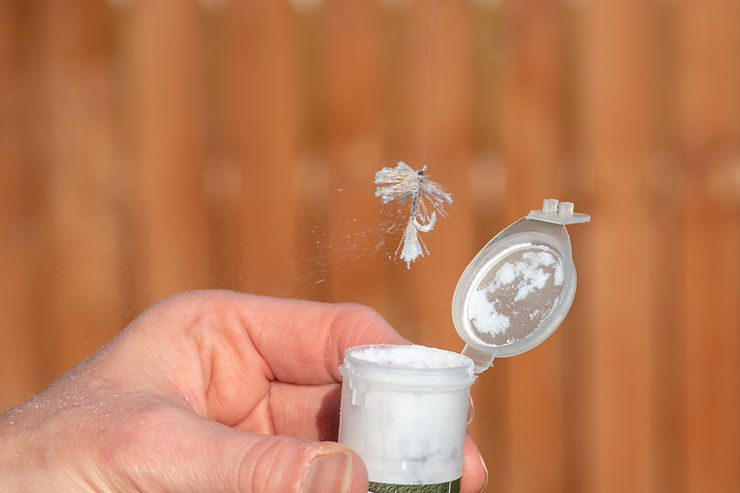
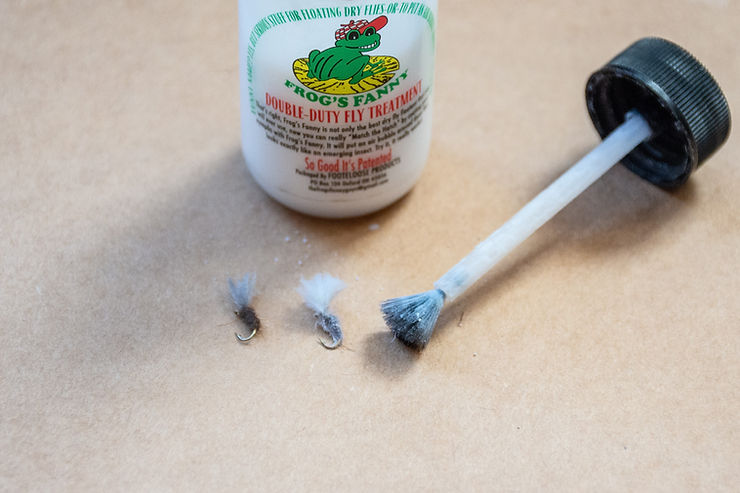
66877 858430I adore your wordpress web template, wherever would you download it from? 712166